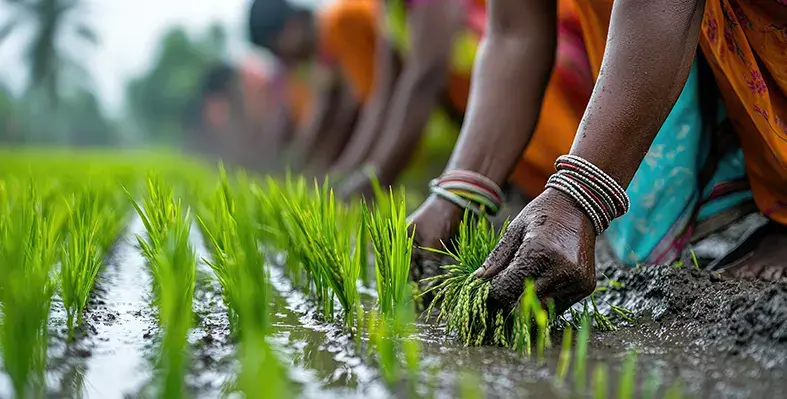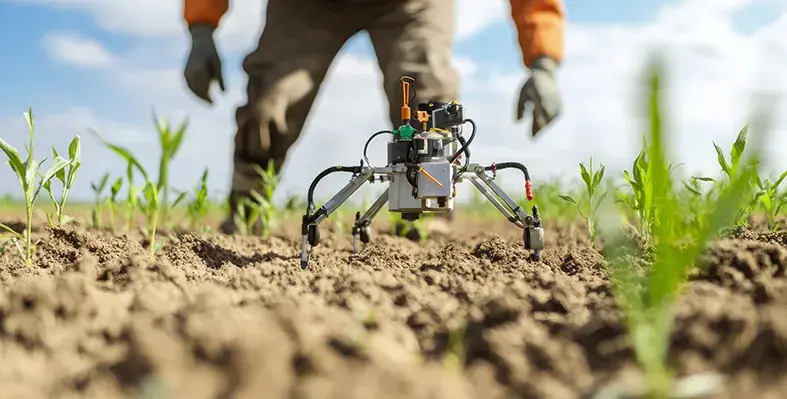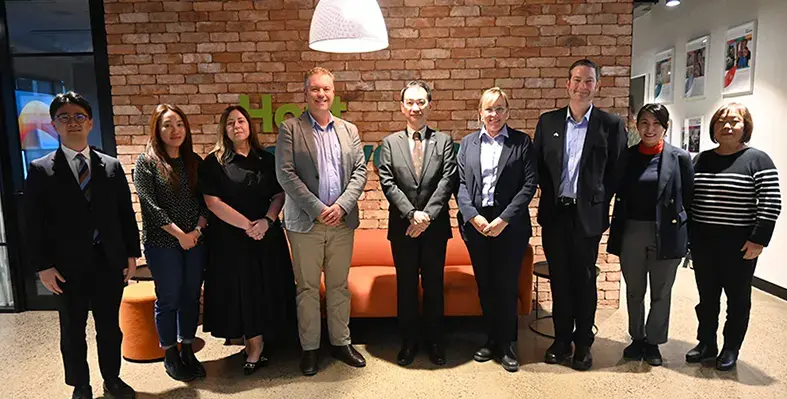A new greenhouse project in Leping, China, brings together multiple innovative agricultural techniques, spearheaded by Growing Smart Technologies
The project, which spans 6.5 hectares, will serve both the city and the province, demonstrating the potential of various technologies and crops on a commercial scale. The greenhouse will feature strawberries grown on hanging gutters, lettuce cultivated using Nutrient Film Technique (NFT) and a nursery for young plants.
Roy Peleg of Growing Smart Technologies, said, "Other than being technologically possible, we also want to make sure that it will be feasible economically." He highlights China's growing horticultural industry, particularly in its western regions, which have seen rapid expansion in recent years. "The economic growth has been rapid, and the fascination for safe and quality-grown food is high," Peleg adds, reflecting on his experiences in China since 2003.
The greenhouse is divided into four distinct zones, catering to the high demand for strawberries in China and other crops such as tomatoes, cucumbers, and melons. These will be grown under an F-Clean roof, which offers advantages over traditional glasshouses, particularly in the region's harsh winters and humid summers. Peleg explains, "F-clean coverage provides more advantages than a glasshouse, especially if you have to deal with natural ventilation." The project also includes a hydroponic lettuce zone and a nursery to support the local agricultural community.
A significant feature of the project is its alignment with Global GAP guidelines, even though these standards are not yet required in China. Peleg states, "We want this project to be prepared for the future and to teach the staff at the site how to work on common standards in growing."
After completing the greenhouse, Growing Smart Technologies will provide ongoing support for two years, including maintenance and crop management training. The facility will also include a visitor area to showcase the project's techniques without direct access to the greenhouse.
Roy Peleg is confident that this project will help drive the development of China's high-tech horticulture sector forward. "We demonstrate the basic monitoring systems and the various soilless growing systems, including the strawberry gutters," he explains. "Then there's the nursery with the overhead irrigation and gutter booms." With further research on crop varieties and climate strategies, the team aims to prepare the project for long-term success.
Despite China's rapid pace of development, Peleg concludes, "In China, construction projects can be realized rapidly. That's different from horticulture." The goal is to prove that high-tech horticulture can thrive in China, technically and economically.









